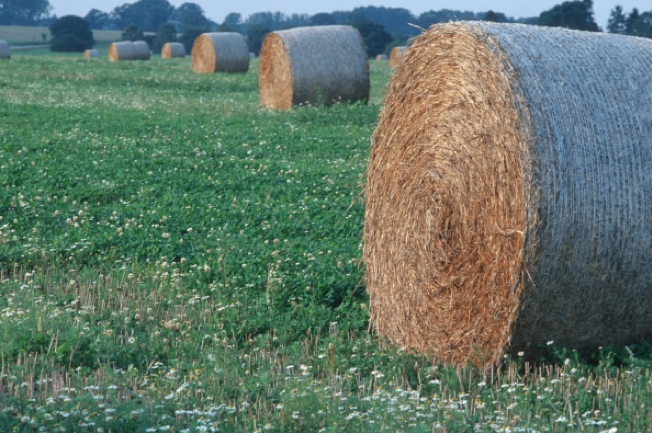Undersowing: possibilities, limitations, mixtures

Undersowing is the term used to describe the sowing of a second fruit in addition to a main fruit that is ripe for harvesting earlier. They occupy a special position in organic farming, especially due to the additional nitrogen fixation. They also serve to regulate weeds, reduce erosion and care for the soil, and allow fodder to be used quickly after the grain harvest.
Because of the possible competition for water and nutrients, advantages and disadvantages must be carefully weighed up. Decisive advantages which speak for the application of undersown crops - especially, but not only - in organic farming are :
- Nitrogen and humus formation, which are available to the subsequent crop as "seed capital"
- Time and cost savings if a planned catch crop or forage crop is undersown and sown in the grain in spring
- Especially in dry areas, a safe field emergence can be expected and the risk of sowing catch crops is avoided
- The dry matter yields are higher than with pure stubble seed
- Reduction of erosion through complete soil cover
- Easier machine use due to better load bearing capacity of the soil
Undersowing can be a clever regulatory tool, especially in cereal stocks. If somewhat thinner stands develop due to unfavourable conditions, which are usually not in the hands of the farmer, underseeding can develop all the more lushly and thus provide the subsequent crop with significantly better starting conditions. The weaker yield of one year can thus be compensated for in the next.
Sources:
http://media.sharefoodforest.org/literatur/bioduenger-\untersaaten_-daskoennen_untersaaten.pdf